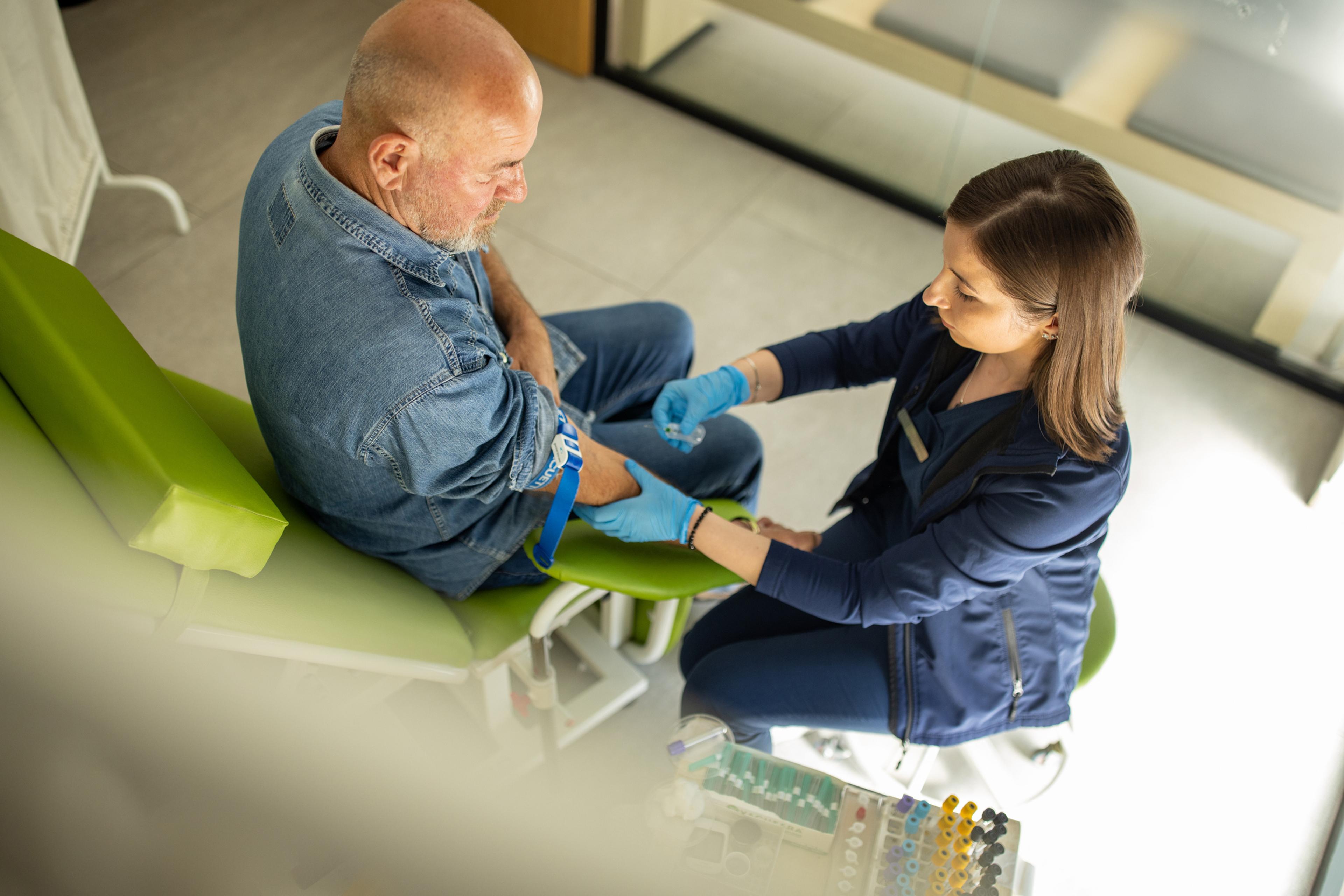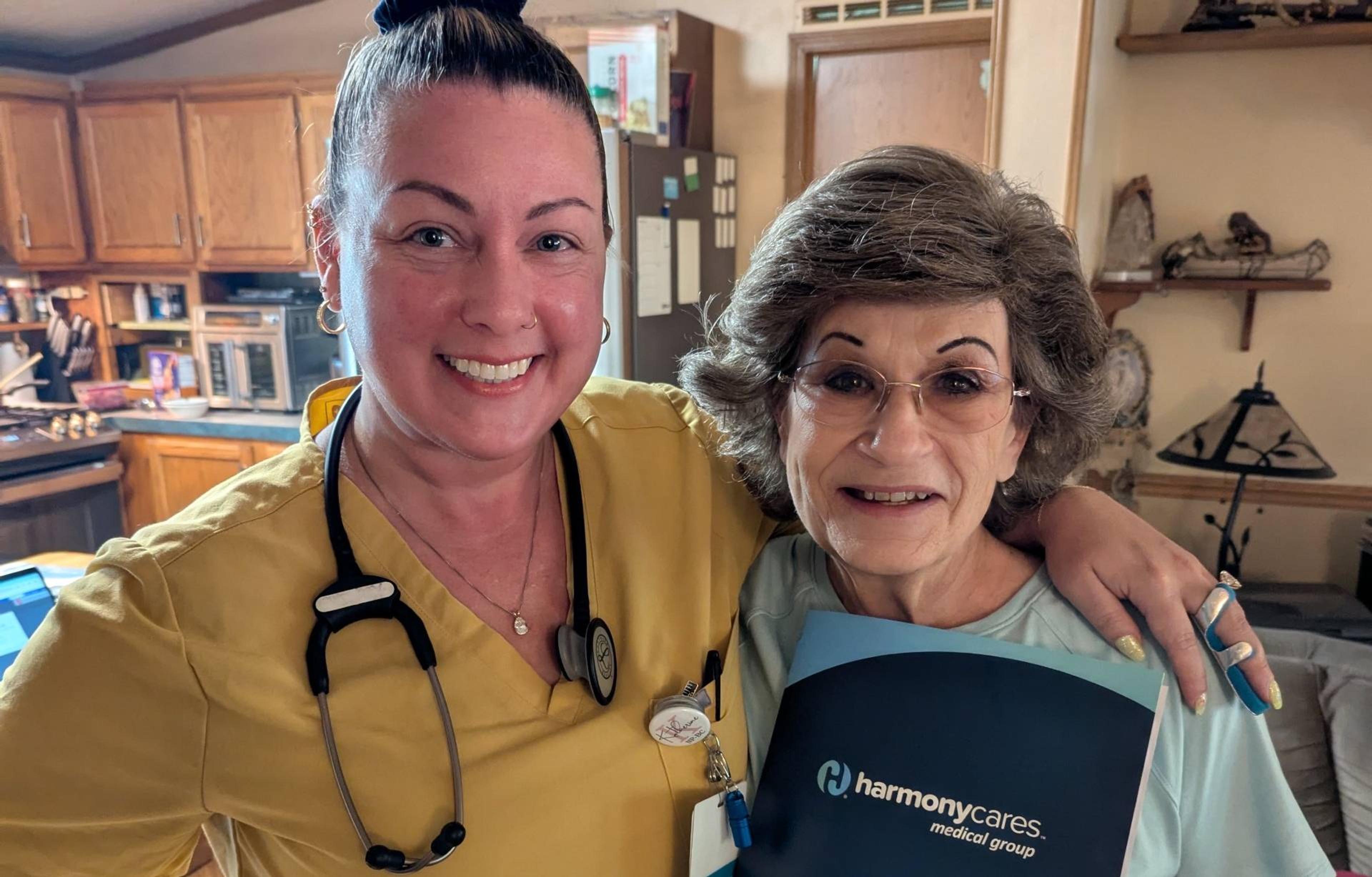
Approximately 17 million adults are living with alcohol use disorder (AUD). It’s an all-consuming disease that impacts every facet of life, both personal and professional. Alcohol use disorder, also known as alcoholism, is characterized by an uncontrollable dependence and overconsumption of alcohol. It’s a chronic disease that has long-term mental and physical ramifications. This can include liver damage, pancreatitis, infertility and extreme fatigue. Whether you're on or off the clock, alcohol abuse poses a significant threat. Employees who are heavy drinkers are 270 percent more likely to have an accident. This puts them and their surrounding co-workers at serious risk. Employees and managers across multiple fields believe a team member’s drinking can minimize productivity and jeopardize staff safety. Alcohol is classified as a depressant and reduces activity within the central nervous system. Vital functions become inhibited, causing the person to experience symptoms such as slurred speech, rapid involuntary eye movement, mental confusion, and lack of coordination. These are harmful side effects that often cloud judgement, leading to irrational decisions and life-threatening actions.
Finding Treatment
The road to recovery begins with a visit to your primary care physician. They can assess your drinking habits and examine your overall health. They’ll look for signs of organ damage, deficiencies, and possible injuries you may have acquired. From there, doctors will create a treatment plan that consists of one or more of the following options:
- Support Groups: Over the years, mutual-aid groups such as Alcoholics Anonymous (AA) have remained popular support systems. They offer a combination of professional health management and peer counseling. Most groups follow a 12-step recovery program that teaches personal responsibility, self-awareness, and self-control.
- Cognitive Behavioral Therapy (CBT): The goal of CBT is to reduce drinking by addressing subconscious feelings or thoughts that encourage alcohol abuse. Individuals are given positive reinforcement, and taught to manage triggers in a healthy, non-destructive way.
- Medication: Medications can be used to aid the withdrawal process by minimizing detox symptoms. They also act as a deterrent to alcohol dependency by causing adverse reactions such as nausea and vomiting. Another viable option is naltrexone, an injectable medication that helps suppress cravings.
There is no one size fits all treatment for alcohol use disorder. But with hard work, discipline, and a solid support system, you can succeed. If you enjoyed this post, you might also like:
Photo credit: gilaxia





